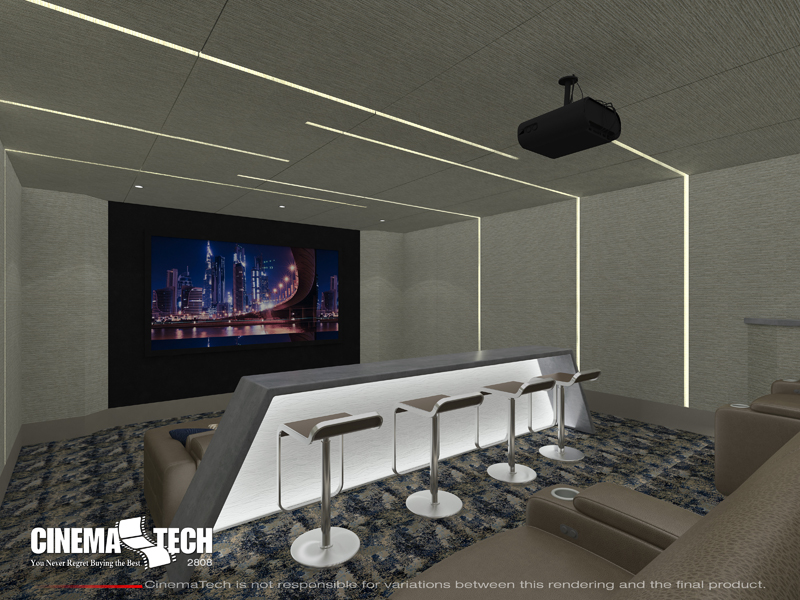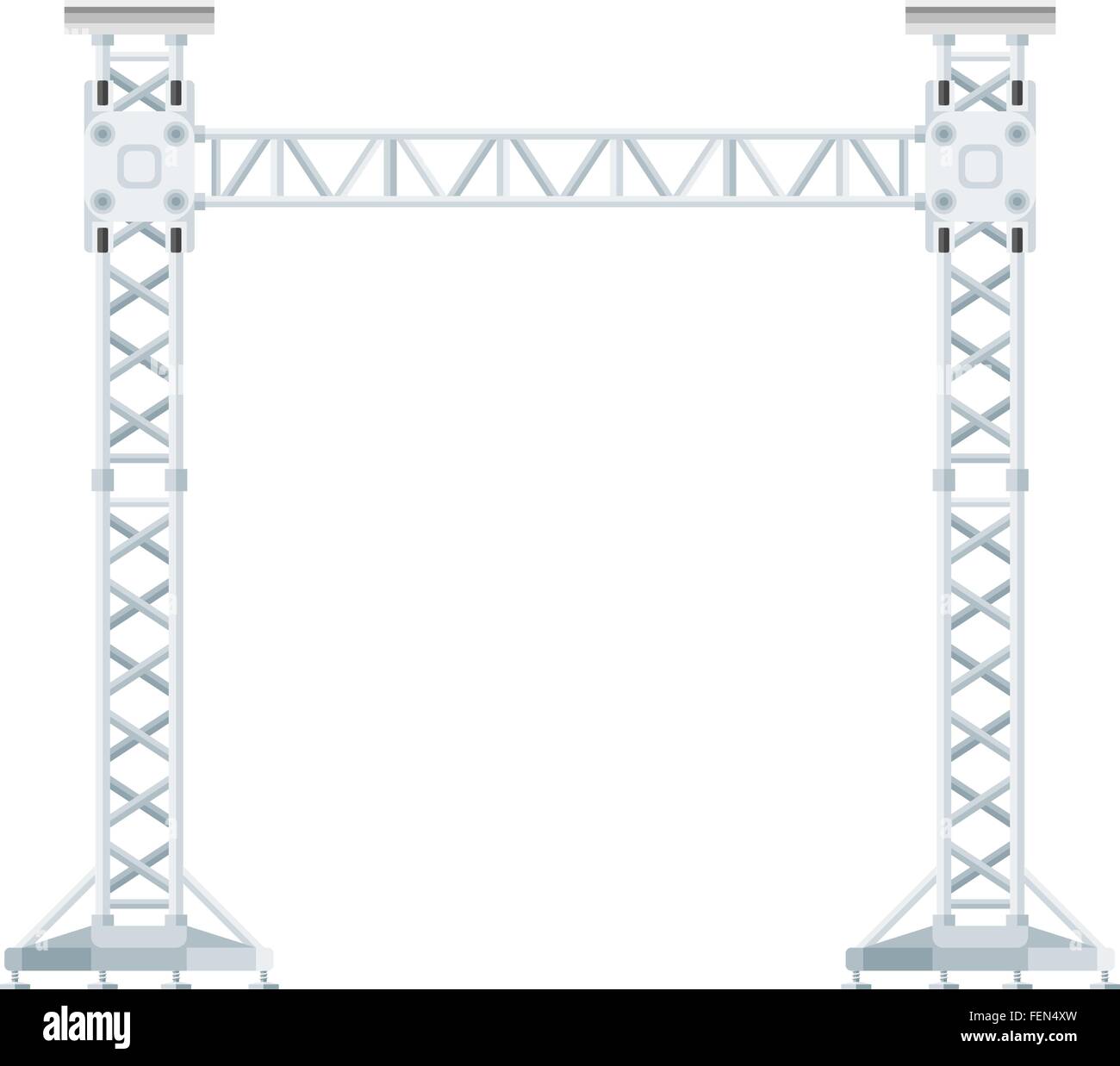

To learn more about LED wavelengths and to see a visual representation of each LED wavelength in action, check our video: LED Colors by Wavelength 3.) LED Efficiency – Lumens per WattĮfficiency is measured in lumens per Watt (lm/W), which is the total lumens emitted by the LED divided by the total power consumed. To get the color you really want, you must pay attention to the wavelength spec to determine if you’re going to get a true green versus a yellow-green, for example. 2.) LED Light WavelengthĪnother common issue people have when selecting LEDs is that the shade of green or blue is not what they expected. This chart shows the temperature difference between warm (fire-like) light versus the cooler (daylight) white light.įigure 1: Visualization of Kelvin color temperatures. Because cool white lights are easier to achieve with the current LED die and phosphors available, LEDs at high color temperatures tend to be cheaper and more efficient. Cool whites are the common choice for office environments because they mimic daylight and increase serotonin production, keeping people more focused, alert, and energized. Warm (reddish) light is even used in grocery stores to make the meat and produce look more appealing.

For example, warmer colors tend to make people look better and food more appetizing.

The light temperature you choose is dependent upon the type of consumer or industrial application you’re building. Warm light is generally considered 2700K to 3500K, neutral white is about 4000K, and cool white is anything above 4700K. Therefore, the “cooler” or bluer colors are actually higher in temperature. This can be deceptive because the color of light, measured in Kelvins (K), officially describes the appearance of a metal (black body radiator) burning at various high temperatures. Color temperature only applies to white light: it’s the measure of how cool (bluish) or warm (reddish) the light appears. While you probably know how bright you want your LED to be (at least when it comes to the choice between using a blinker on a circuit or a light source), color temperature and lumens per Watt may be a lot less obvious. These six design considerations can focus your approach. LEDs are not just for indication anymore – powerful lighting LEDs or chip on board (COB) LEDs can produce thousands of lumens, and even low-power LEDs are becoming more specialized.


 0 kommentar(er)
0 kommentar(er)
